Physical theatre is a type of performance where movement tells a story. It sometimes involves working as a team, called an ensemble. It can be an exciting way to show emotions or deliver a message without using words.
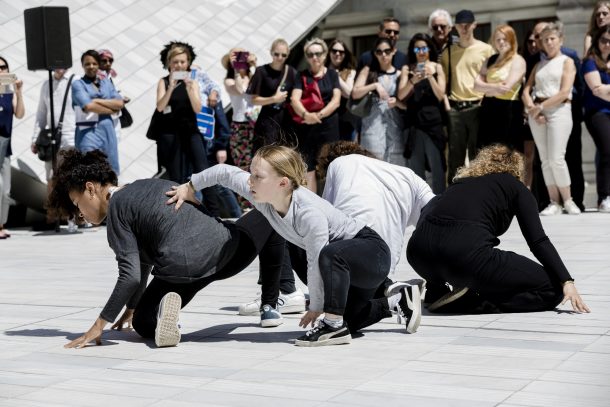
In 2017, the V&A commissioned three theatre companies who specialise in physical theatre to work with young people to create original performances. The theatre companies were Chickenshed, Frantic Assembly and Floods of Ink. Watch a short film to find out more.
What skills do you think you need to practice to tell a story with your body? Performers have a toolkit of techniques to draw on to create physical theatre. Steven Berkoff is a famous physical theatre maker. What emotion do you think he is trying to convey in the photograph?
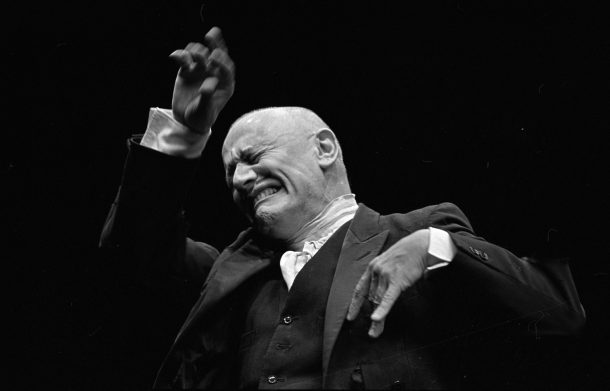
Let’s talk (but without speaking!)
A performer can use movements and facial expressions to communicate how a character is feeling. Can you think of an emotion and show it only using your body? Sometimes actors portray mixed emotions. Try showing one emotion with your face, and the opposite one in your body!
Physicality
Physicality is how an actor creates character or meaning with their body. Kabuki is a form of theatre from Japan where the performers use physicality to show character. What type of characters do you think the Kabuki actors below are playing?
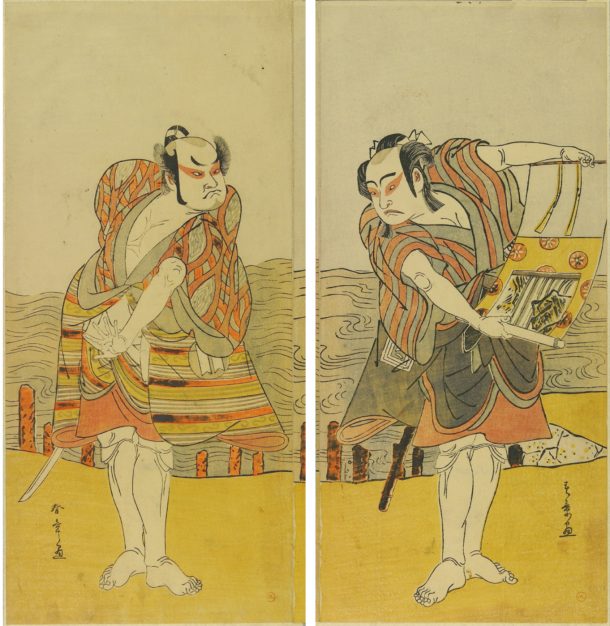
The character on the left is a villain. He is hiding a sword behind his back, ready to attack. The character on the right is a hero. He is protecting a precious scroll.
Let’s create a character with our bodies
Actors study different types of movement to help them to create convincing characters.
Try the following acting exercise created by physical theatre practitioner, Desmond Jones. Choose a body part. Walk around with that body part leading, sticking out in front of the rest of your body. What type of character have you created?
The performers below are leading with their hands. What type of characters do you think they are playing?
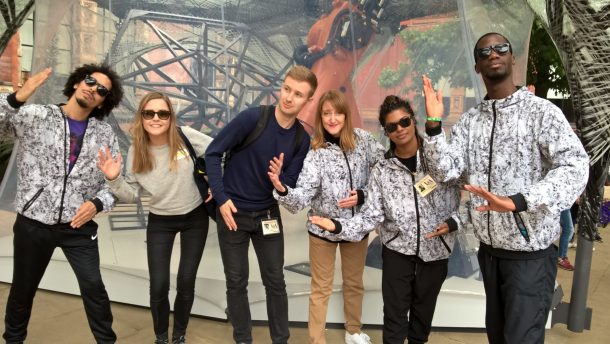
They are playing robots, in a performance called The Dance of the Robot, inspired by the V&A’s Engineering season, in 2016.
Sometimes actors play animal characters, like in the musical The Lion King. They will spend time researching animal movements, watching them on film or going to a zoo. What animal would you choose to bring to life? At the V&A Reveal Festival, Chickenshed theatre recreated a well-known object from the V&A collections that features an animal. Can you guess what animal it is?
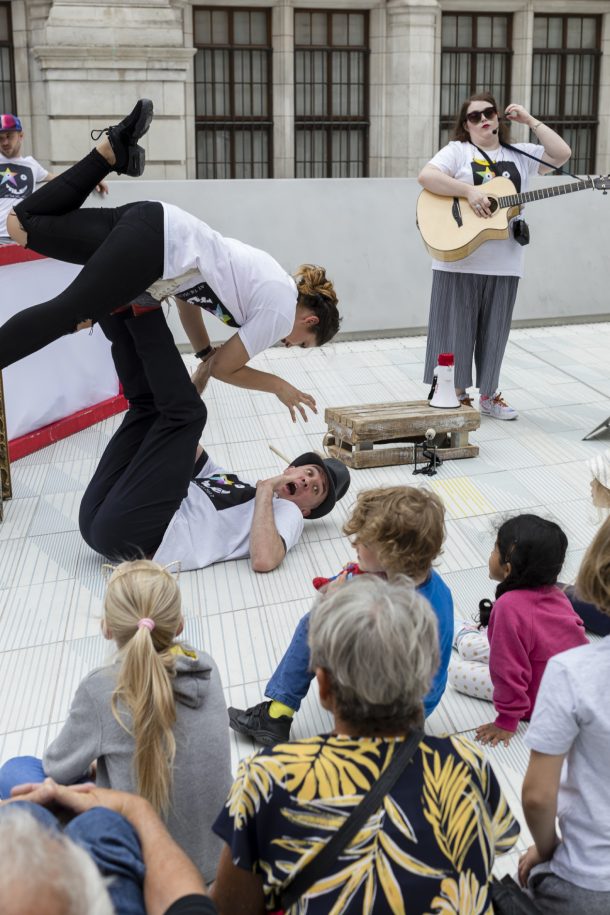
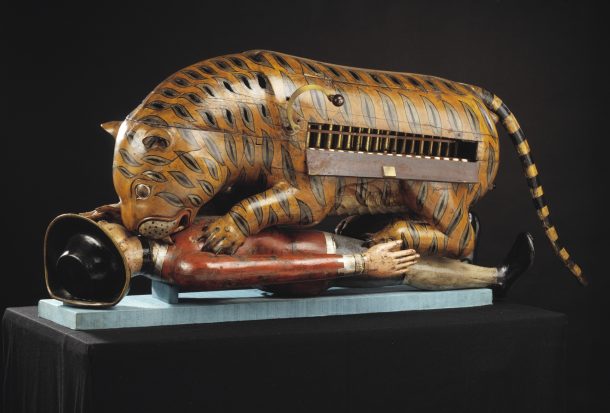
Let’s speak with gestures
What is a gesture? It is a movement with your hands and arms that sends a message, like a thumbs up or a high five. What gestures do you use every day? Try having a conversation with a family member or friend only using gestures.
Gesture is an important way to communicate in physical theatre. German theatre practitioner, Bertolt Brecht wanted to mark important moments in a play using gesture. Brecht sometimes got his actors to do movements and gestures in slow motion. What effect to you think this would have on the audience? Brecht wanted the audience to really think about what was happening in the story.
Ira Aldridge was a famous actor in the 1800s and the first black actor to play the character of Othello, from the play by William Shakespeare. Othello is an army general and very powerful. What do you think his gesture is saying?
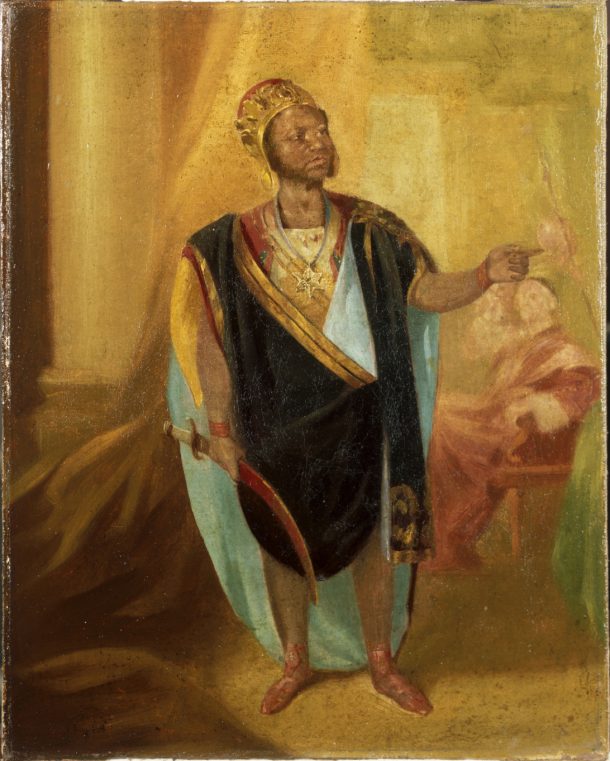
He is pointing at someone. It’s hard to tell from his facial expression how he is feeling. What would make it clearer?
Let’s make a physical theatre performance
You have already been warming up and experimenting with being a physical theatre performer. Now it is time to bring your physical theatre skills together to design a short play, without words.
Think of a story you would like to tell or a message you would like to express. You could find inspiration in anything you want. It could be a photograph, a news event, a song, or a cartoon. You will bring the characters to life using physicality. You will need to express important words, objects and emotions through movement, facial expressions and gesture.
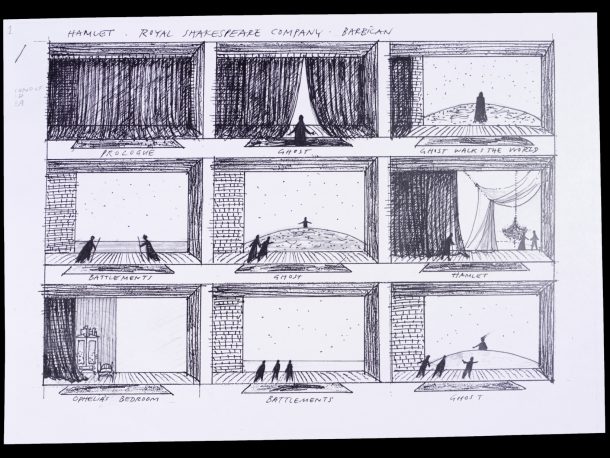
Create a visual storyboard by breaking down your ideas into sections or scenes. You can draw your story on to paper or take photographs. Your images might be enough, or you could also annotate your storyboard with directions for the actors. ‘Pull a scary gesture in this part of the play!’ or, ‘Use your body to express happiness here!’
You could also write a summary of the play. Now that you have been a writer and story board artist – perhaps you’d now like to be the actor and the director! What about also being the costume, set and lighting designer?
- What do you need to wear to perform and become the character in your play?
- Where will your play take place?
- Does it work better inside or outside?
- In bright light or in the shadows?
- Rehearse your play and then you could perform it live in front of your family or friends!
Please share what you have created with us. We would love to see your creations #Let’sMakeWednesdays and #VamFamilies


